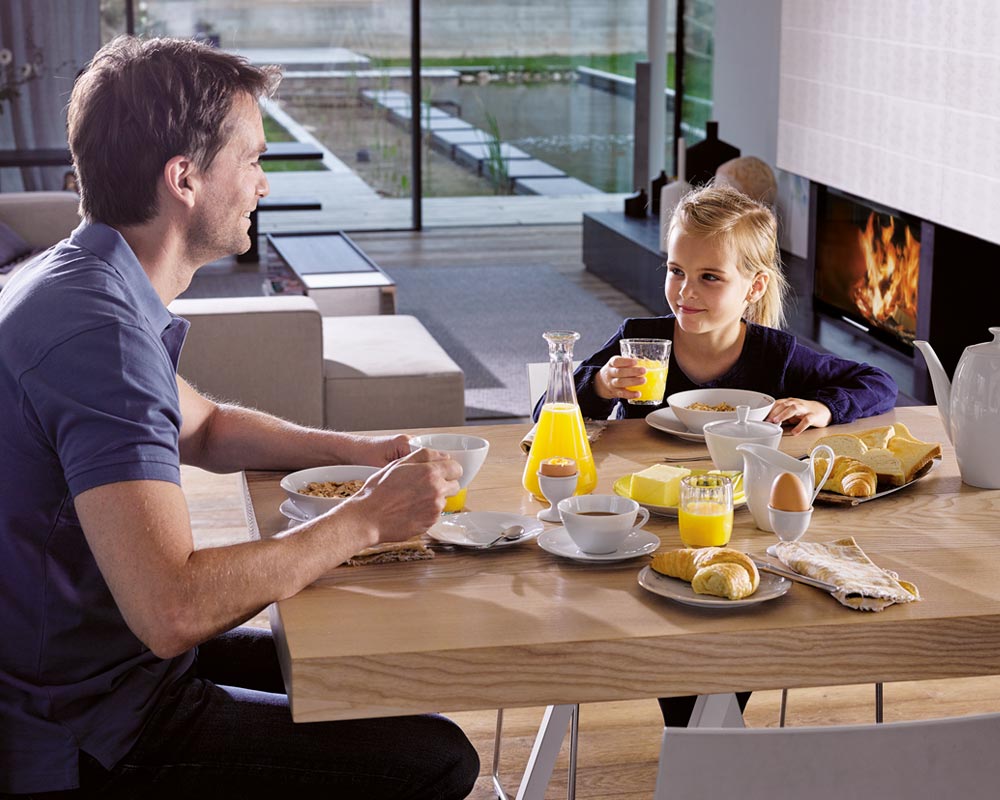I for one find the post problematic on many levels.
- Starting with the title being a declarative statement as if it were fact. When the topic is really in the realm of "it depends", and one that "depends" on many factors. This is a bit of click bait. And not really even trying for a more science based objectiveness (e.g. outside air "
may" not increase efficiency...)
- Then the use of Google as a singular source of research. The Journal of Science and Engineering Ethics (OP seems (?) to self declared to be an Engineer)
even had an article about the limits and issues of this and basically said Google should not be one's only research source.
- I already provided
a link that seems to contradict this flawed research. Again, helping to indicate that maybe do not rely on Google alone, and go to an actual research library and research some obscure journals for more information that is easily missed (sometimes you may need to speak a foreign language ... some of what I learned on this issue was in German for example).
- Given a failure of full and complete research and literature review, any scientist should proceed with caution with opinions based on limited or singular research, much less a white paper, no matter how "thought out" they may seem (because... the journal stated above was about "Ethics"). Even a flat earth argument may seem well "thought out", even if incorrect.
Side note: The OP self stated to be living in "
Coloraod" Not sure where that is... Good grief... I make some horrendous typos myself. So not a critique. But he might want to adjust that if a typo.






